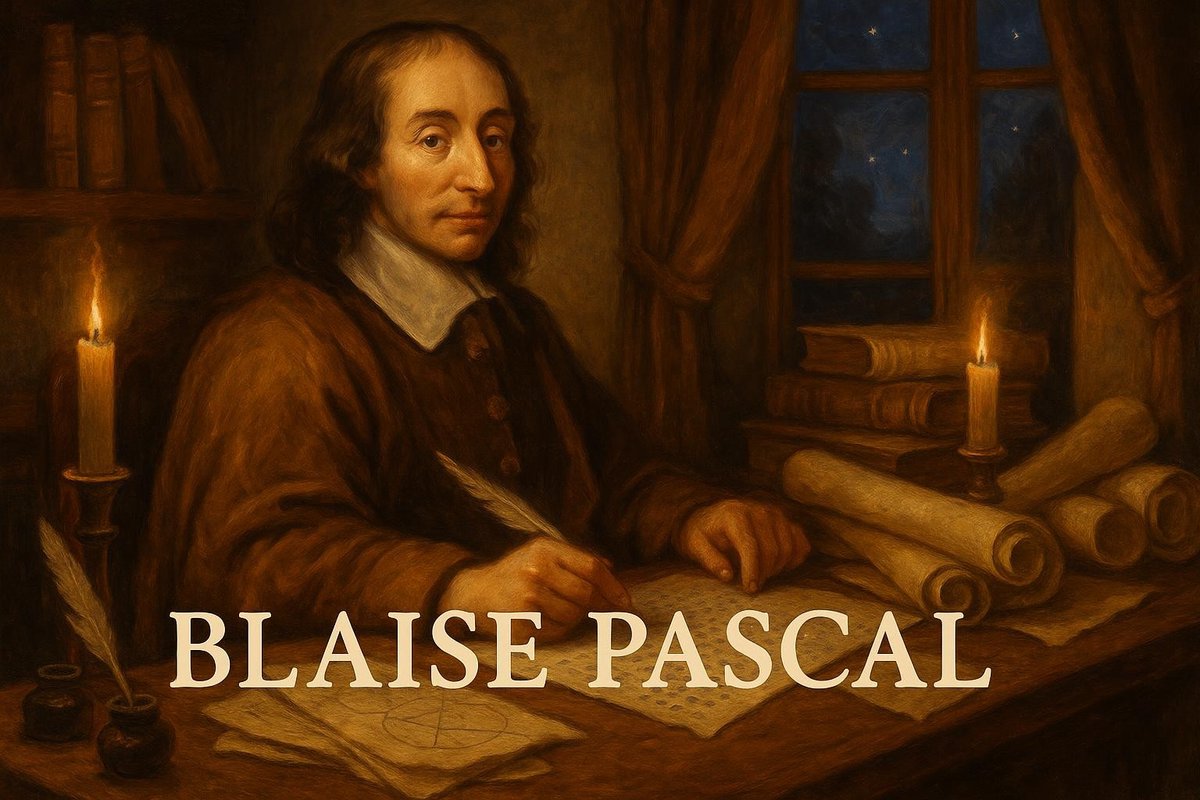
Imagine a world where numbers tell stories. In the realm of mathematics, they often do. One such story begins with a deceptively simple question that led to the discovery of something remarkably profound: Pascal’s Triangle. This seemingly straightforward arrangement of numbers has enchanted mathematicians and puzzle solvers for centuries. But how did it all begin?
The Origin of Pascal’s Triangle
Pascal’s Triangle, named after the brilliant 17th-century French mathematician Blaise Pascal, actually finds its roots deep in history. The seeds of this mathematical marvel were planted long before Pascal’s time, in ancient China and India, where scholars were already exploring similar concepts. But what sparked this curiosity?
- The triangle was initially conceived as a way to solve problems related to binomial coefficients, providing a simple way to calculate combinations and permutations.
- In China, the triangle appeared in the works of mathematician Jia Xian around the 11th century.
- In India, mathematician Pingala used a version of this triangle to solve problems involving poetic meter as early as the 2nd century BC.
Interestingly, the profound elegance of the triangle was driven by a simple question: how can we systematically explore combinations? This question, so seemingly modest, opened the doors to a world of mathematical beauty and logic.
Key Figures in the Triangle’s History
While Blaise Pascal’s contributions made the triangle famous, he was not the only mathematician captivated by its patterns. Many others across history and cultures played critical roles in its development.
- Blaise Pascal, in 1653, wrote Traité du Triangle Arithmétique, formalizing the properties of the triangle that bear his name today.
- In the Islamic Golden Age, mathematician Al-Karaji explored similar patterns without the triangle’s geometric representation.
- Omar Khayyam, a Persian mathematician, poet, and astronomer, also utilized the triangle in his works related to algebra.
These figures, separated by time and space, were united by their quest to understand the structure and properties of combinations. Their collective insights and breakthroughs laid the foundations for modern combinatorics and probability theory, turning simple questions into profound mathematical explorations.
The Turning Point: Formalization and Recognition
The transformation of Pascal’s Triangle into a recognized mathematical concept was not instantaneous. It was the culmination of centuries of intellectual curiosity and exploration.
- The triangle gained significant recognition in Europe through Pascal, who not only studied its properties but also applied it to probability theory, laying groundwork for future mathematicians.
- Pascal’s contemporaries, like Fermat, further expanded its application in solving complex mathematical problems.
- The formalization of the triangle provided mathematicians with a powerful tool to approach problems in algebra and calculus.
As time went on, this geometric arrangement of numbers transcended its initial purpose, becoming an essential tool in mathematics education worldwide, illustrating the beauty and utility of mathematical reasoning.
Impact on the World: From Simple Patterns to Complex Theories
Pascal’s Triangle is more than just an array of numbers; it’s a bridge to understanding the very fabric of mathematical reality. Its impact stretches far and wide, influencing various fields.
- The triangle is fundamental to binomial expansions, a key concept in algebra and calculus classes today.
- In computer science, the triangle is utilized in algorithms for computing combinations efficiently.
- Pascal’s insights into probability theory paved the way for modern statistics and risk assessment.
No wonder Pascal’s Triangle is revered, not just as a mathematical tool but as a symbol of human inquiry. It exemplifies how simple questions can lead to profound discoveries, inspiring generations to explore the patterns hidden in numbers.
In conclusion, the legacy of Pascal’s Triangle is one of curiosity and exploration. It teaches us that even the most straightforward questions can lead to the deepest insights. As we continue to explore the mathematical universe, let Pascal’s Triangle remind us of the power of asking questions.
Fuel Someone Else’s Curiosity
If you’ve enjoyed this exploration into the origins of Pascal’s Triangle, why not share it with a friend or fellow enthusiast? Let’s spread the wonder and encourage others to dive into the beautiful world of mathematics. After all, curiosity is contagious, and who knows what discoveries lie around the corner?

Leave a Reply